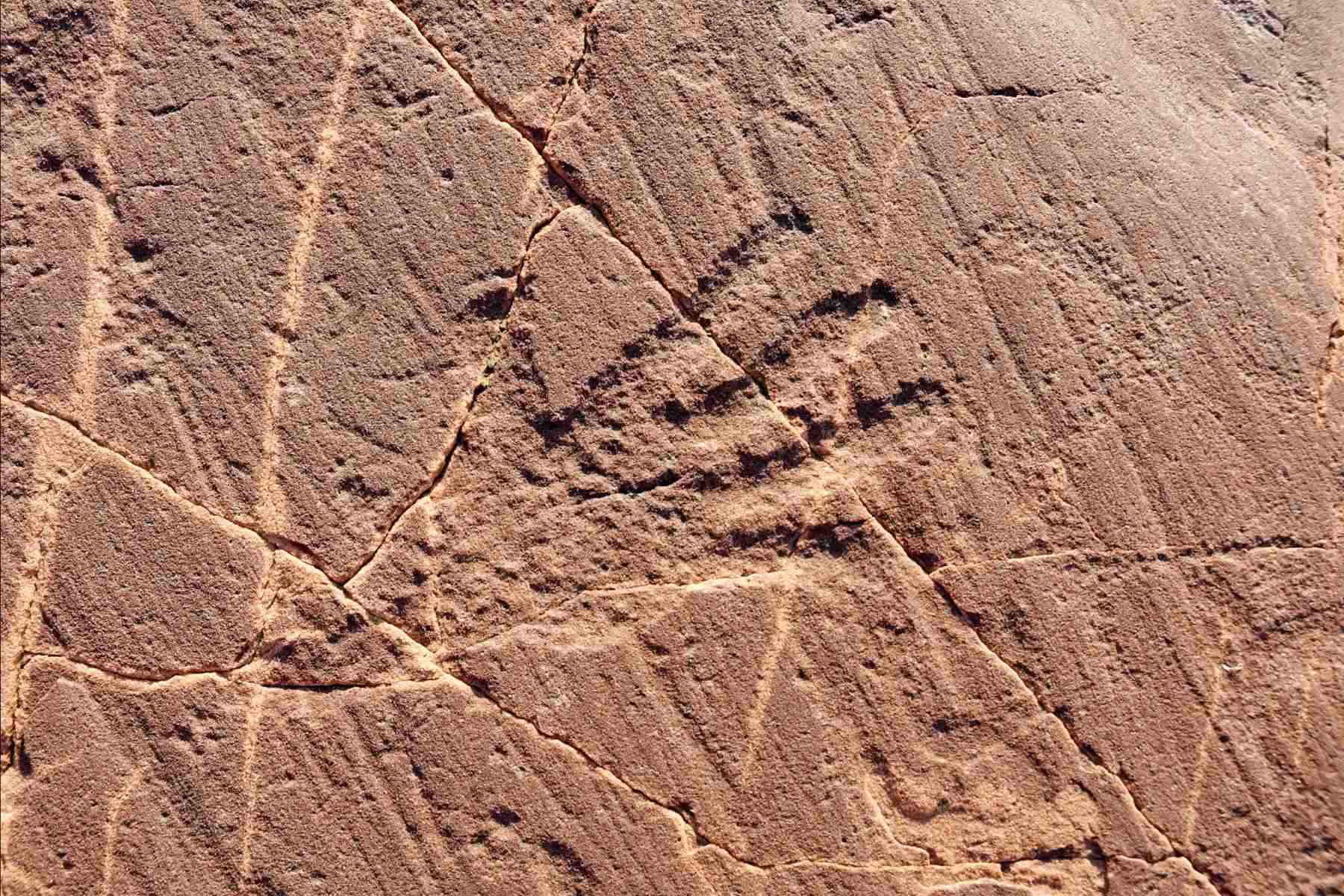Ancient Stories In Stone At Jeffers Petroglyphs

Have you ever wondered what stories ancient people left behind? Jeffers Petroglyphs in Minnesota holds the key to that mystery. This site features over 5,000 rock carvings made by Native Americans thousands of years ago. These carvings, or petroglyphs, depict animals, humans, and symbols that tell tales of daily life, spiritual beliefs, and historical events. Visiting Jeffers Petroglyphs offers a unique chance to step back in time and connect with the past. Whether you're a history buff or just curious, this place provides a fascinating glimpse into ancient cultures. Ready to explore these ancient stories in stone? Let's dive in!
Ancient Stories in Stone at Jeffers Petroglyphs
Jeffers Petroglyphs, located in southwestern Minnesota, is a treasure trove of ancient carvings. These carvings, etched into the red quartzite rock, tell stories of the Native American tribes that once roamed these lands. Each petroglyph holds a piece of history, waiting to be uncovered.
The Significance of Jeffers Petroglyphs
The petroglyphs at Jeffers are more than just carvings; they are a window into the past. They provide insight into the lives, beliefs, and traditions of the Native American tribes who created them. Here are some of the most significant carvings you can find at Jeffers Petroglyphs:
Thunderbird: This powerful symbol represents strength and protection. The Thunderbird is often associated with storms and is believed to have the ability to control the weather.
Buffalo: The buffalo carvings symbolize abundance and sustenance. For many tribes, the buffalo was a vital source of food, clothing, and tools.
Human Figures: These carvings depict various aspects of daily life, including hunting, dancing, and ceremonies. They offer a glimpse into the social and cultural practices of the tribes.
Atlatls: These spear-throwers are often depicted in the petroglyphs, highlighting their importance in hunting and warfare.
Turtles: Turtles symbolize longevity and stability. They are often associated with creation myths and are considered sacred by many tribes.
Exploring the Petroglyphs
Visiting Jeffers Petroglyphs is like stepping back in time. The site offers a unique opportunity to explore these ancient carvings up close. Here are some tips for making the most of your visit:
Guided Tours: Take advantage of the guided tours offered at the site. Knowledgeable guides can provide valuable context and help you understand the significance of the carvings.
Self-Guided Trails: If you prefer to explore at your own pace, there are several self-guided trails available. These trails are well-marked and provide information about the various petroglyphs along the way.
Interactive Exhibits: The visitor center features interactive exhibits that provide additional information about the petroglyphs and the tribes who created them.
Photography: Don't forget to bring your camera! The petroglyphs are incredibly photogenic, especially during the golden hours of sunrise and sunset.
Respect the Site: Remember that Jeffers Petroglyphs is a sacred site. Be respectful of the carvings and the land, and follow all posted guidelines to help preserve this important piece of history.
The Cultural Importance of Jeffers Petroglyphs
Jeffers Petroglyphs holds deep cultural significance for many Native American tribes. The carvings are not just historical artifacts; they are living symbols of the tribes' heritage and identity. Here are some ways the petroglyphs continue to play a role in contemporary Native American culture:
Ceremonies: Some tribes still hold ceremonies at the site, honoring their ancestors and maintaining their cultural traditions.
Education: The petroglyphs serve as an educational tool, helping younger generations learn about their history and heritage.
Art and Inspiration: Many Native American artists draw inspiration from the petroglyphs, incorporating the ancient symbols into their modern works.
Cultural Preservation: Efforts are ongoing to preserve the petroglyphs and ensure they remain a vital part of Native American culture for future generations.
Community Engagement: The site fosters a sense of community among Native American tribes, providing a space for cultural exchange and collaboration.
Visiting Jeffers Petroglyphs
Planning a trip to Jeffers Petroglyphs? Here are some practical tips to help you make the most of your visit:
Best Time to Visit: The site is open from May to October. The best time to visit is during the spring and fall when the weather is mild.
What to Bring: Wear comfortable walking shoes, bring water, and don't forget sunscreen and a hat. The site is mostly outdoors, so be prepared for the elements.
Accessibility: The visitor center and some trails are wheelchair accessible. Check the site’s website for more information on accessibility options.
Nearby Attractions: While in the area, consider visiting other nearby attractions such as the Pipestone National Monument or the Laura Ingalls Wilder Museum.
Local Accommodations: There are several lodging options in the nearby towns of Windom and Mountain Lake. Camping is also available at nearby state parks.
Jeffers Petroglyphs offers a unique glimpse into the past, providing a rich tapestry of stories carved in stone. Whether you're a history buff, a nature lover, or simply curious, this site has something to offer everyone.
Timeless Tales in Stone
Jeffers Petroglyphs offers a unique glimpse into the past. The carvings tell stories of ancient peoples, their beliefs, and their daily lives. Walking among these stones, you feel a connection to history. The petroglyphs are not just art; they are messages from ancestors. They remind us of the rich cultural heritage that existed long before modern times.
Visiting Jeffers Petroglyphs is more than a trip; it's an experience. You learn about ancient civilizations and their way of life. The site is a testament to human creativity and resilience. It’s a place where history comes alive, etched in stone for all to see.
If you ever find yourself in Minnesota, make sure to visit. The stories carved into the rocks are waiting to be discovered. They offer a timeless connection to the past, enriching our understanding of human history.

